✨You Can Touch the Times Square New Year's Eve Ball!
Find out how you can take home a piece of the old New Year's Eve ball!


New York City libraries are renowned for their elegant architecture, vast collections of classical and contemporary works, and quiet study places within the bustling city. Many of the city’s more than 200 libraries, however, were originally built as old residences, courthouses, club gathering spaces, and even prisons. As you read in the New York Society Library, you may be learning in the former master bedroom of the opulent Rogers family. At the Grolier Club, you may even scan books on the shelf that leads to a secret door opening to a spiral staircase. Read on for the secret histories of 10 of the oldest libraries in New York City!
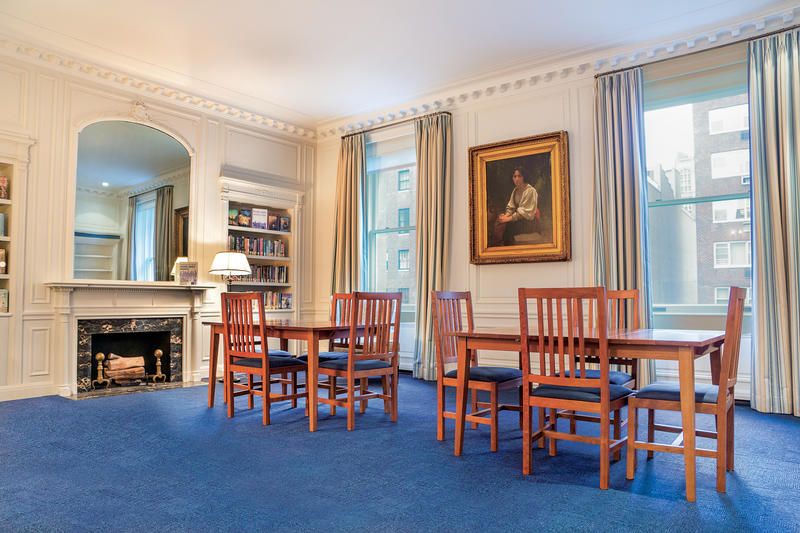
The New York Society Library, founded in 1754, was the first New York City library open to the public. Originally built for the affluent Rogers family, the library opened in a room in the old City Hall with a subscription system open to everyone. Until the founding of the public library system in 1895, The New York Society Library was referred to as “the City Library.” Though the library is widely considered the oldest in the city, The New York Society Library’s physical location shifted multiple times until it settled on its present location, 53 East 79th St., in 1937.
It is believed that the Rogers family lived in the current building, a large landmarked Italianate townhouse constructed in 1917, until 1935. Most of the reading rooms have since been repurposed. For example, the Whitridge Room was the former master bedroom and the Hornblower Room was the former maids’ quarters. Today, the library hosts many events for children, teenagers, and adults alike, such as lectures, writing classes, and reading groups.
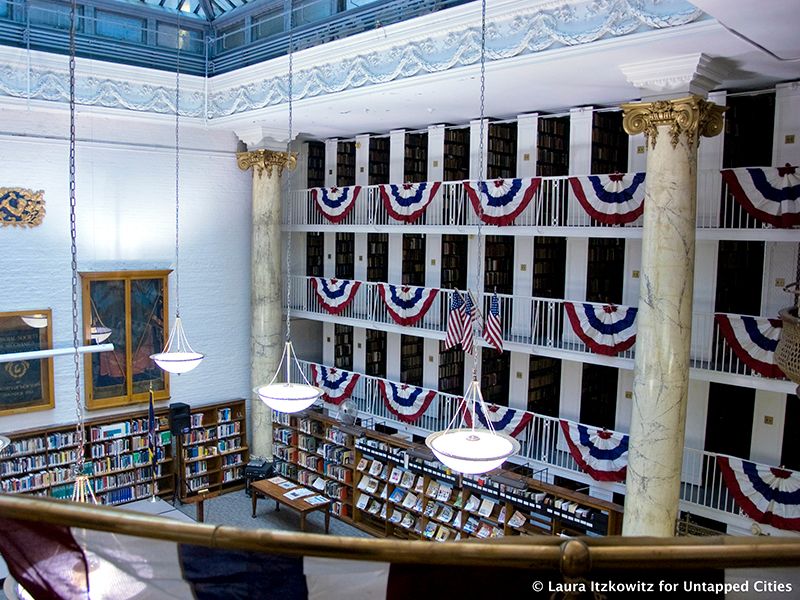
The Library of the General Society of Mechanics and Tradesmen is a 234-year-old organization founded by the skilled craftsmen of the city. Originally named the Apprentices’ Library, the library was once one of the largest free circulating libraries in New York City. The library is now renowned for providing tuition-free instruction for trades-related education and is now the oldest privately endowed, tuition-free, technical school in New York City.
This library contains an extensive collection of research materials, with archives dating back to 1785. Notable materials include the Artisan Lecture series and the 176-year-old lecture series of the Labor, Literature, and Landmarks. Unique to the General Society Library is the John M. Mossman Lock Collection, which consists of 370 locks and tools dating back to 4,000 BCE.

Successful merchant William Wood established the Mercantile Library in 1820 to create a place for young men — mainly merchants’ clerks — to spend time in lieu of bars or billiard rooms. By the early 1870s, The Mercantile Library, nicknamed “The Merc” had not only become the fourth largest library in the country, but also the largest lending library in the United States.
If you do not recognize the name “the Mercantile Library,” it is probably because it is now the Center for Fiction. The library is the only establishment dedicated solely to the art of fiction and prides itself on being “a home for readers and writers.” The Center for Fiction differs from the Mercantile Library in that it offers many more services such as a writer’s studio, author-led writing classes, a café, and more. Each year, the Center for Fiction presents authors with awards such as the “First Novel Prize”, which Tommy Orange won for his debut novel There There in 2018.
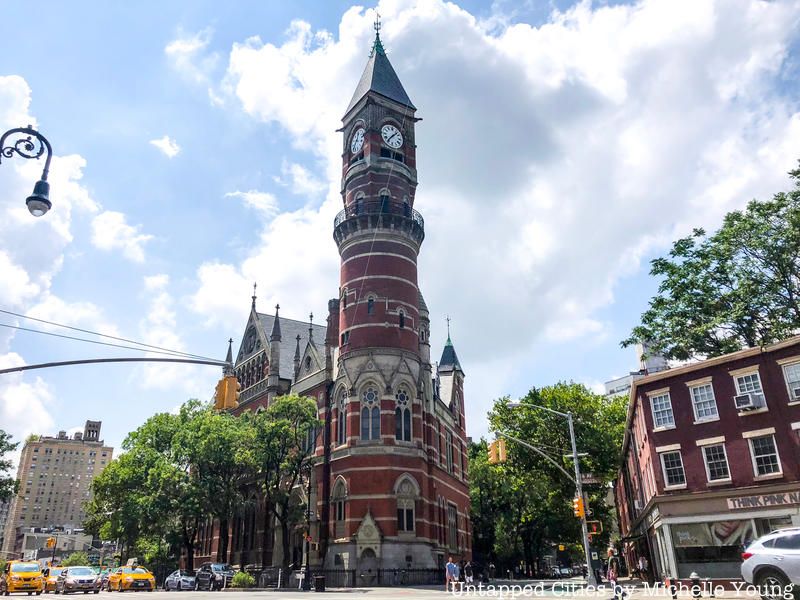
The Jefferson Market Library building had a long list of past lives prior to its opening as a library in 1967. The building was constructed between 1875 and 1877 by architects Frederick Clark Withers and Calvert Vaux in a Victorian Gothic style. The structure has hosted a courthouse, a police court, a holding room for prisoners, and a fire watcher’s balcony. By 1959, the building was abandoned and overrun by animals such as birds and rats.
In an effort to save the building, Mayor Robert F. Wagner — motivated by members of the Greenwich Village community — made the decision to preserve the space through its conversion into a public library. From here, The Jefferson Market Library was born. One of the most recognizable elements of the Jefferson Market Library is its clock tower, which boasts a 360-degree view of New York City. The library occasionally opens the clock tower for tours to our Untapped New York Insiders.
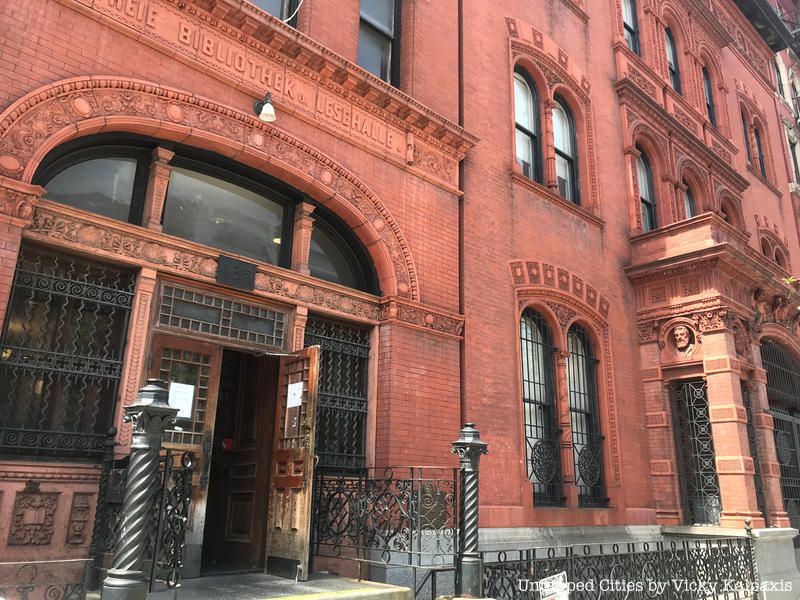
The Ottendorfer Library in the East Village was founded in 1884 as New York City’s first free public library. Designed by William Schickel, an architect from Germany, the library is a combination of Neo-Italian Renaissance and Queen Anne architecture. The branch was a gift from Oswald Ottendorfer, the owner of the New Yorker Staats-Zeitung newspaper. His intention in opening the library was to provide the German community in the neighborhood with books to assist in assimilating to American culture. Originally, the library shelves held books in English and German.
The library, which is now a branch of the New York Public Library, honors the original intentions of Ottendorfer by centering a majority of its events around learning English. Other events include book swaps and technology classes for teens and adults. The building is located on 135 Second Avenue and is a designated New York City landmark.
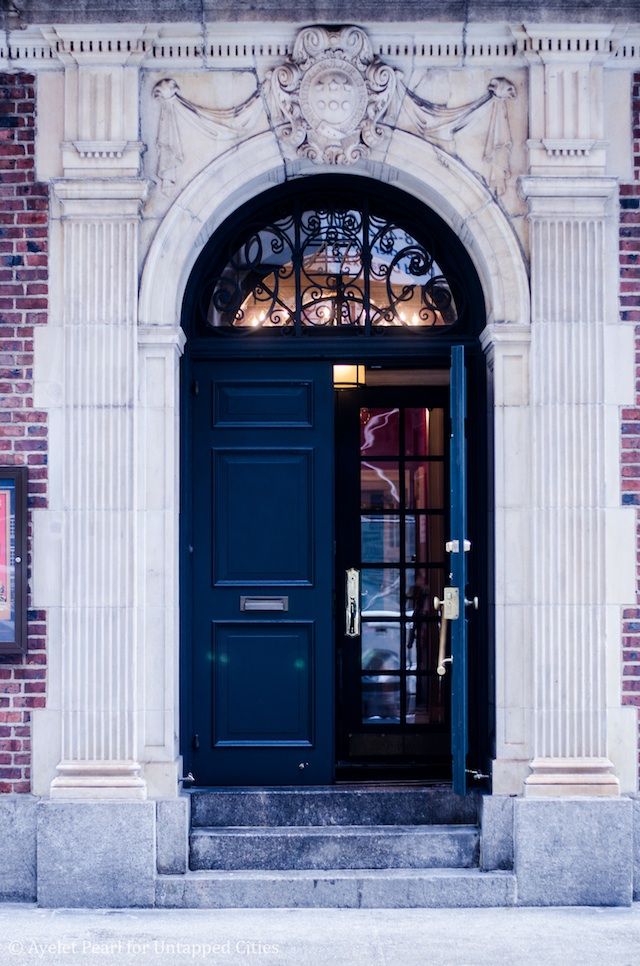
Robert Hoe, a printing press manufacturer, and eight of his fellow bibliophiles founded the Grolier Club in 1184. They named the organization itself after Jean Grolier, the Treasurer-General of France and renowned French bibliophile. The nine men initiated the club to focus on the study, collection, and appreciation of books through publication and exhibitions open to the general public. The 100,000-volume collection of books in the library is devoted to the bibliography and the “arts of the book.”
Today, the library is a reliable resource for scholars, researchers, and historians of book history as the space hosts 60,000 volumes of book auction catalogs. In addition to these volumes, the Grolier Club hosts exhibitions, which have been free to the public since 1884. Next time you visit the space, look out for a secret bookcase door that swings out from the wall. Behind the door sits a spiral staircase leading to a mezzanine level.

The Stephen A. Schwarzman Building, often referred to as the “main branch” of the New York Public Libraries, was constructed in 1895. The first collection was formed through the consolidation of the Astor and Lenox Libraries. While John Jacob Astor focused on quantity in his collection that contained around 80,000 books, James Lenox focused on rarity. One of the most notable texts in his collection is the United States’ first edition of the Guttenberg Bible. Since the consolidation of the collections, the branch has evolved into one of the most comprehensive library collections across all occupations.
Today, the Stephen A. Schwarzman Building hosts up to 15 million items including everything from medieval manuscripts to the latest novels. The library officially opened to the public on May 24, 1911 and was dedicated to President William Howard Taft. The building did not receive its current name until 2008 when Stephen A. Schwarzman donated $100 million dollars to expand the New York Public Library.
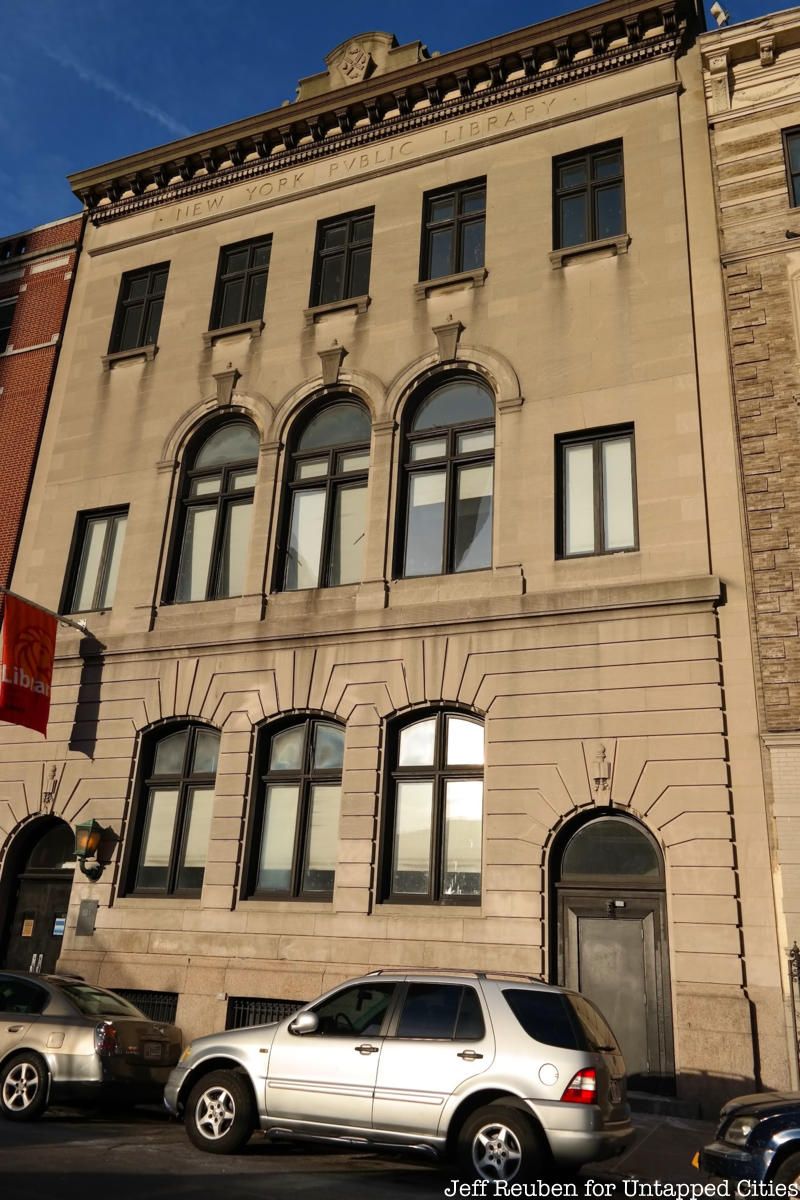
The Fort Washington Library, which is a branch of the New York Public Library, opened on April 14, 1914, two blocks east of the George Washington Bridge. Similar to other branches of the New York Public Library, the Fort Washington Library benefited from donations from Andrew Carnegie. Authors such as Edwin Newman and Henry Kissinger discussed the impact of the Fort Washington Library on their teenage years and reading and writing practices.
Unique to the Fort Washington Library are extensive collections in languages such as Russian and Spanish. Similar to The Ottendorfer Library, the Fort Washington Library provides English classes for non-English speakers. A full branch renovation of the Fort Washington Library that will address ADA compliance issues, construct an elevator, and attend to other architectural needs is projected to be completed by September 2023.
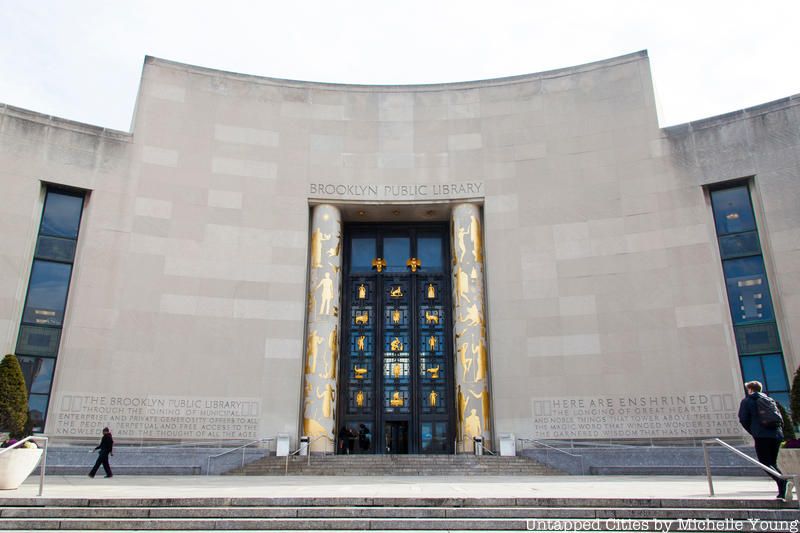
The Brooklyn Public Library, founded in 1896, is the sixth largest public library system in the United States. Although construction of the library began in 1912, it ceased until 1935 due to financial difficulties caused by World War I and the Great Depression. Construction resumed thanks to a $16 million dollar donation from industrialist Andrew Carnegie.
In 1935, the architects Alfred Morton Githens and Francis Keally, known for designing beautiful libraries, were commissioned to redesign the building facade while retaining the existing foundations and steel skeleton already in place. Their redesign would simplify and bring a clean geometry to the limestone exterior dominated by vertical pilasters between enormous brass window openings. With the building plan inspired by the leaves of an opened book, the concave limestone “spine” at the main facade follows the curve of Grand Army Plaza. The library officially opened to the public in 1941 and now offers public programming such as educational discussions, meditation classes, and more.
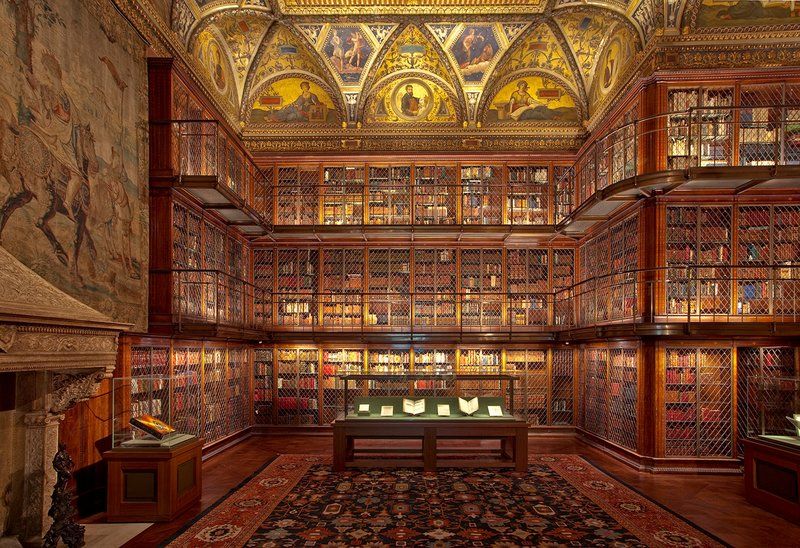
The Morgan Library & Museum was built between 1902 and 1906 next to J.P. Morgan’s New York residence at Madison Avenue and 36th Street. Many referred to the building as “Mr. Morgan’s Library” as it was his primary private study until 1924 when J.P. Morgan Jr. gifted the library to the public.
The library expanded with the addition of the Annex Building that replaced J. Pierpont Morgan’s residence by means of a gallery and a garden. The most drastic change to the Morgan Library campus was the 2006 addition of an Italian-inspired piazza crafted by architect Renzo Piano. His design connects the library’s three buildings by steel and glass pavilions.
Next, check out 10 Historic Branches of the New York Public Library and Their Unique Collections in NYC to learn more about the city’s libraries!
Subscribe to our newsletter